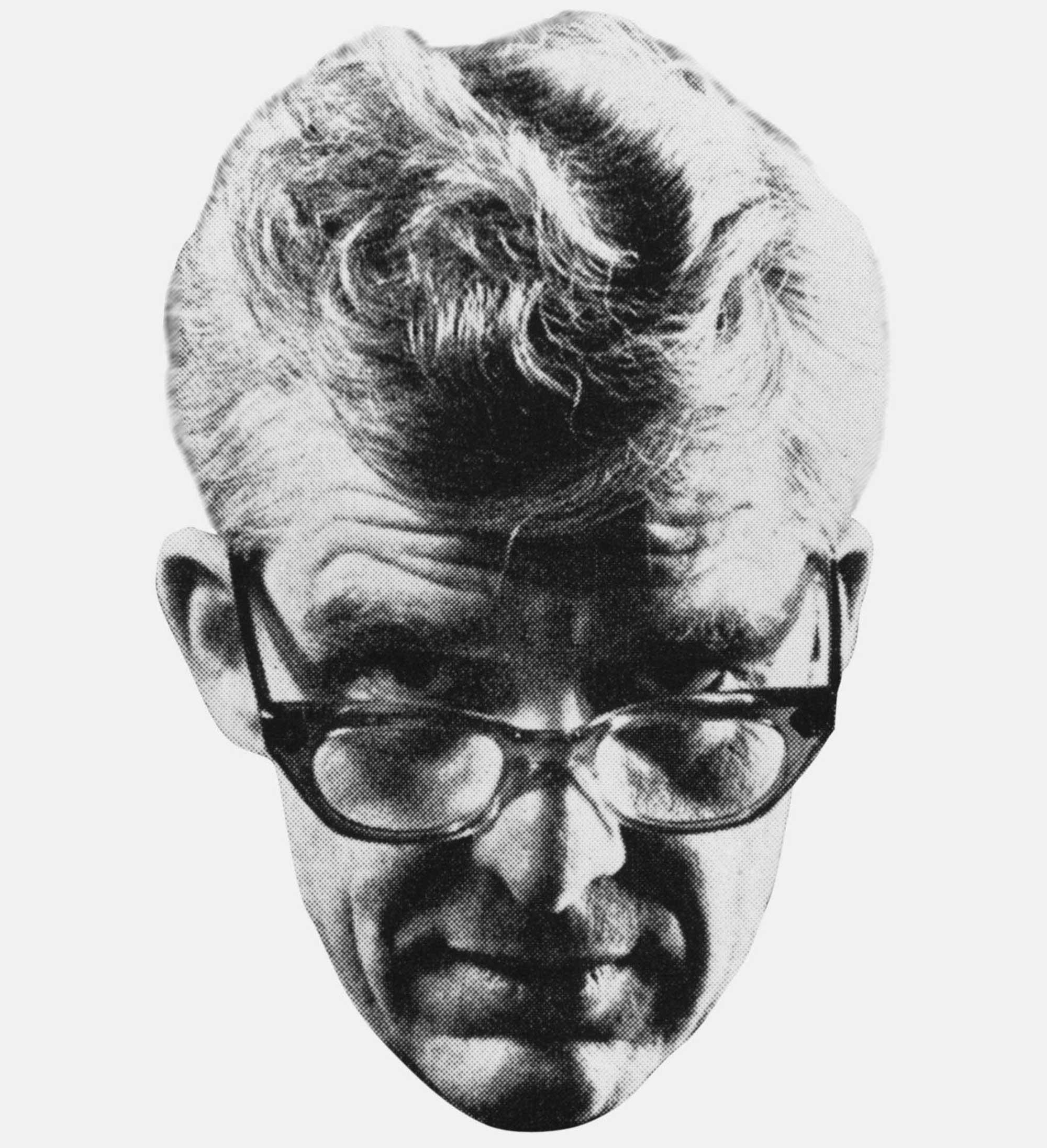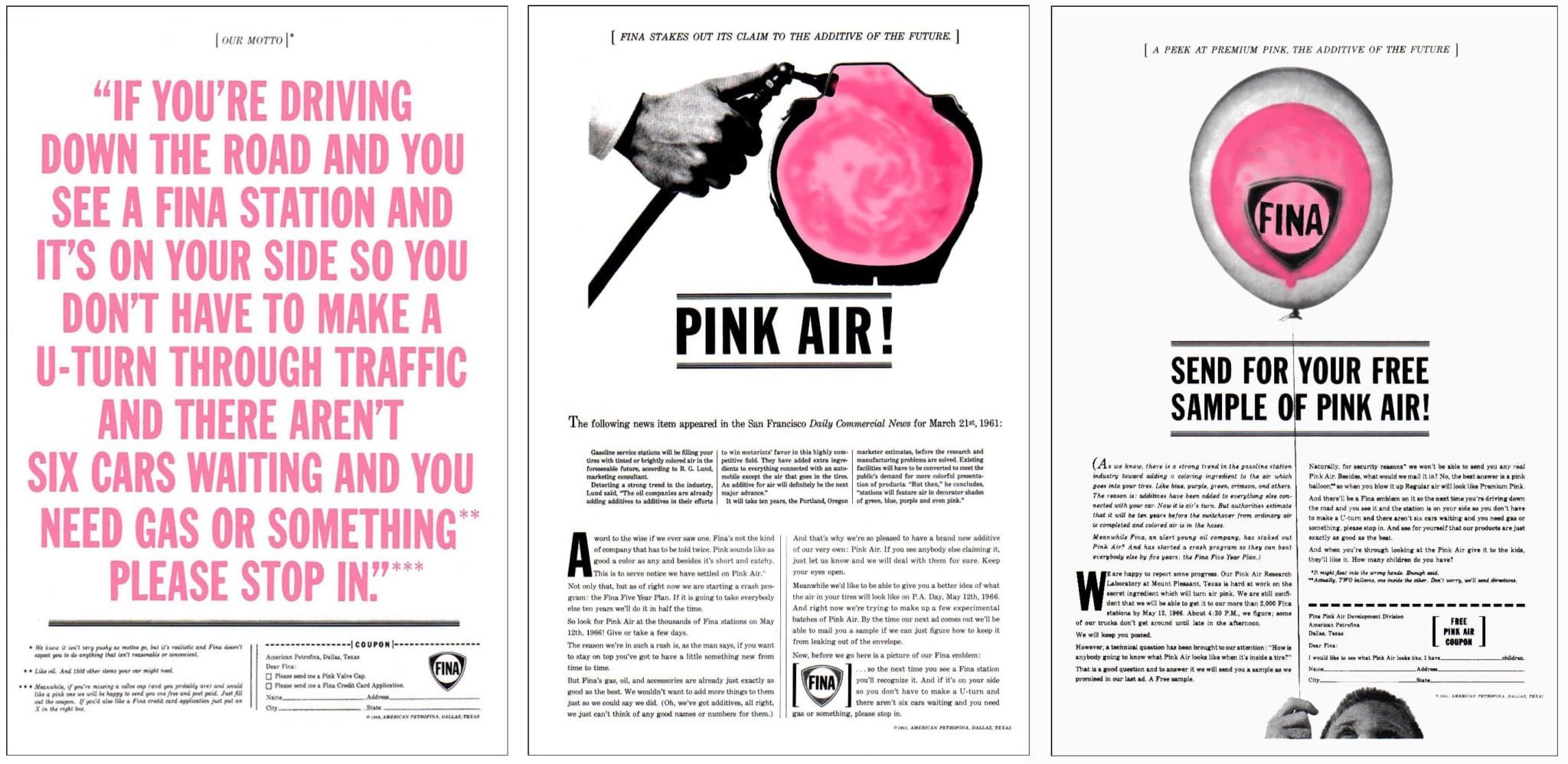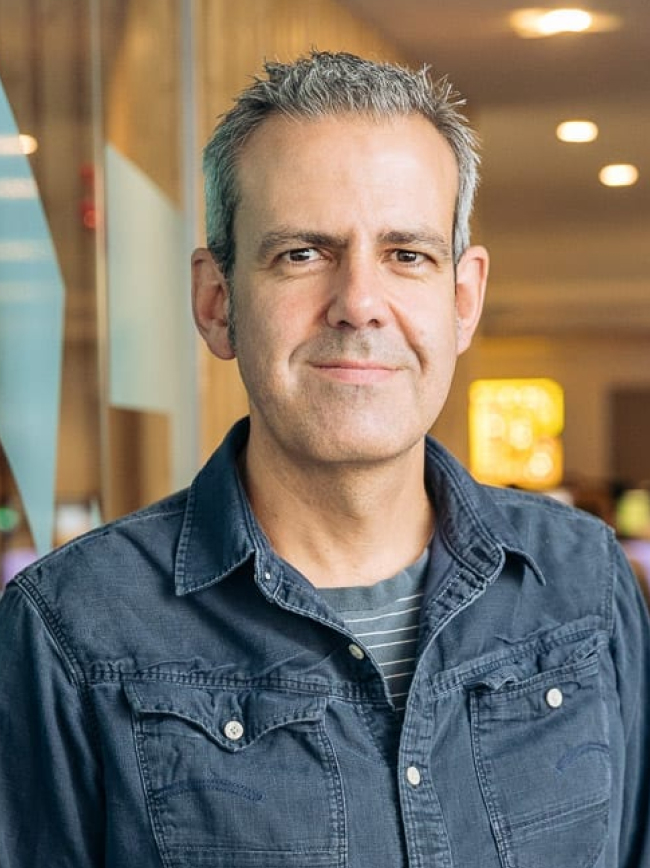Howard Luck Gossage: Evergreen inspiration from a lesser-known ad man

The advertising genius you should know but probably don't.
There’s a book that’s been doing the rounds here at Earnest these last few weeks. No, not Fifty Shades of Gray, but a book about a little-known agency man from a bygone era whose influence on marketing cannot be understated.
The book ‘Changing the world is the only fit work for a grown man’ by Steve Harrison charts the life and times of one Howard Luck Gossage. Billed as ‘1960s America’s most innovative, influential, and irreverent advertising genius’, Gossage was arguably the inventor of interactive marketing and the concept of social media as we know it.
“If something’s worth doing, it’s worth overdoing.”
Gossage was certainly a man of firsts.
Back in 1957, he founded a new kind of agency with his partner Joe Weiner called Weiner & Gossage Inc.
Up until then, agencies had made their money out of the commission they made from buying media – rather than charging a fee for developing the ad creative.
The kickback agencies received was typically 15% of the media – a situation that Gossage was appalled by. What was the benefit to the client when it was in an agency’s interest to recommend ever higher expenditure on media? As the book points out, “A bad advertisement that ran twenty times earned more for the agency than a good one that ran once.”

Instead, Gossage determined that a new approach was required – where clients paid a fee for the creative services provided (albeit at a premium). Radical at the time and interestingly, for the first time, it put the emphasis on the value of ideas, not media.
Gossage’s integrity didn’t stop there.
There’s a fantastic anecdote within the book about how Gossage had become dissatisfied with the quality of the work he was undertaking for his client Paul Masson Wines:
He meets with the client and the conversation is reported as going something like this:
Gossage: “I’ve got to quit this account because I can’t stand the advertising.”
President of PM wines: “But you do the advertising.”
Gossage: “I know, that’s why I’m quitting the account.”
“People read what interests them, and sometimes it’s an ad.”
The dominant school of advertising at the time was being led by a chap called Rosser Reeves – who coined an expression that’s become part and parcel of our marketing vocab today: ‘Unique Selling Point’. He believed the sole focus of every ad should be to sell. Essentially, the thinking was: come up with a catchy line that captures the USP, then buy sufficient media to imprint it onto the brains of the target audience.
Gossage had a difference of opinion, pretty much damning this approach, stating: “It is thoughtless, boring and there is simply too much of it.” Instead, he believed the only type of advertising should be as entertaining and interesting as the editorial that surrounds it.
It’s a point we marketers today too often lose sight of. How much of what we do genuinely captures the imagination and interest of our audience rather than stating a rational case as to ‘why buy this product’? As David Ogilvy, one of Gossage’s contemporaries commented, “You cannot bore people into buying your product; you can only interest them in buying it.”
This is where it gets interesting
Gossage was also fascinated by the emerging area of cybernetics – an intellectual movement that was gathering pace at the time. Cybernetics was principally a new unified science of communication being led by a guy called Norbert Wiener from MIT. One aspect Wiener looked at was around a new system of communication where the emphasis was on gaining constant feedback – with information loops being used to inform and enable performance improvements.
So Gossage felt it high time to apply these principles to advertising and, in so doing, became the first proponent of interactive advertising.
The thinking was simple: One ad at a time. Wait and see what happens, then develop the next ad. In his own words: “If you say something as interestingly as you can, you can then expect the other party to make a response. So the next time run a new ad; develop the dialog. It makes the conversation much more interesting and rewarding.”
Easy in the era of digital marketing, but somewhat tricky you may think 40 years ago. So how did he do it? Quite simply, by adding a coupon to his ads. But it was about much more than the coupons, it was about the style and tone of his advertising which invited the audience to join the conversation. Check out his ads for Fina, and you’ll see his art in practice. This isn’t just great advertising – it’s community building, way ahead of its time.

There’s plenty to like and learn from Gossage. The book goes on to chart his involvement in the development of the green movement – both in his campaigning and kickstarting (and allegedly naming) Friends of the Earth. It also maps his role in bringing the visionary thinking of Marshall McLuhan to the masses – who prophesised the advent of the internet and social media in the mid-1960s.
Unfortunately, Gossage ultimately fell out of love with advertising – but by then he’d certainly made his mark.
He was someone I’d never heard of before I came across the book, but is certainly someone who should be acknowledged as a founding father of what we at Earnest do every day.
I’d heartily recommend reading this book. It’s stayed with me well past the last chapter.

